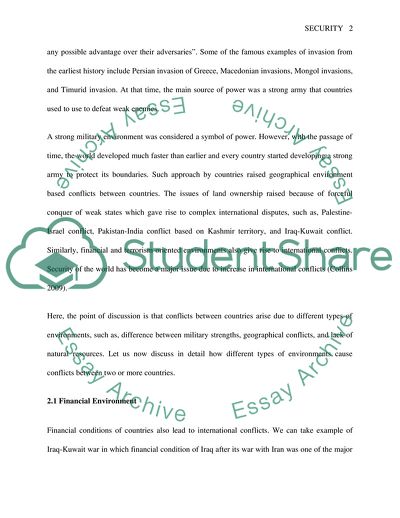Cite this document
(Is Environment a Source of International Conflicts Coursework - 1, n.d.)
Is Environment a Source of International Conflicts Coursework - 1. https://studentshare.org/environmental-studies/1784407-security
Is Environment a Source of International Conflicts Coursework - 1. https://studentshare.org/environmental-studies/1784407-security
(Is Environment a Source of International Conflicts Coursework - 1)
Is Environment a Source of International Conflicts Coursework - 1. https://studentshare.org/environmental-studies/1784407-security.
Is Environment a Source of International Conflicts Coursework - 1. https://studentshare.org/environmental-studies/1784407-security.
“Is Environment a Source of International Conflicts Coursework - 1”. https://studentshare.org/environmental-studies/1784407-security.


